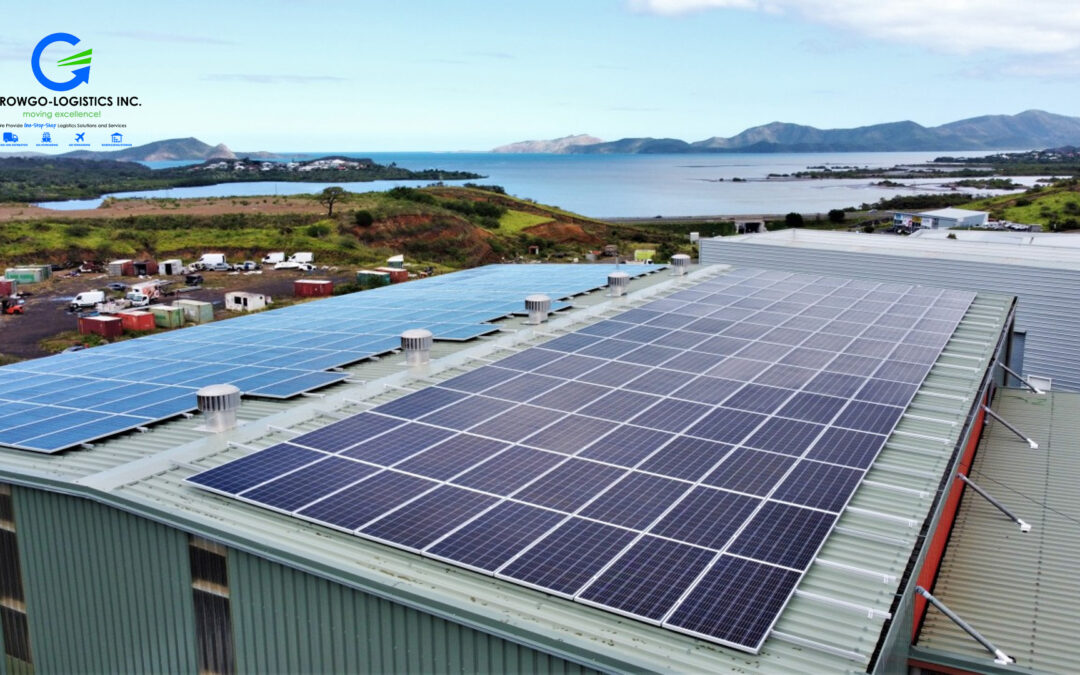As energy costs rise and supply reliability becomes more critical, warehouses in the Philippines are rethinking how they power operations. Renewable energy — especially rooftop solar PV combined with energy efficiency and battery storage — is rapidly moving from “nice to have” into a strategic business investment for modern warehousing.
Why Does it Matter Now?
High and volatile electricity costs. Commercial electricity rates in the Philippines have been rising, pushing businesses to seek ways to insulate operating expenses. Rooftop solar and on-site generation can substantially reduce monthly bills. National push for renewables. The Philippine government and energy sector are actively expanding renewables — large investments and partnerships (e.g., a major Masdar deal) illustrate policy momentum and growing grid capacity for clean energy. That macro shift supports commercial renewable projects. Regulatory incentives and programs. The Renewable Energy Act (RA 9513) and DOE’s net-metering program enable commercial users to generate on-site solar and receive credits for excess generation — improving project economics for warehouses. Recent DOE updates have also improved net-metering credit rollovers.
Core Benefits for Warehouse Operations
1. Lower operating costs (OPEX)
Rooftop solar reduces utility bills by replacing imported grid electricity with on-site generation. For energy-intensive facilities (cold storage, 24/7 operations), savings can be material over the system lifetime. Studies and local projects show payback windows that can be attractive for commercial systems (commonly in the range of ~4–10 years depending on system size, electricity tariffs, and incentives).
2. Energy security and resilience
Warehouses — especially those handling cold chain, pharmaceuticals, or mission-critical goods — suffer badly from outages. Combining solar with battery storage reduces the risk from grid outages and fuel price swings, enabling continuous refrigeration, lighting, and critical IT systems during blackouts. Local cold-storage projects in the Philippines demonstrate real savings and resilience improvements from solar + storage.
3. Improved sustainability & brand value (ESG)
Retailers, manufacturers, and multinational clients increasingly require or prefer partners that can demonstrate reductions in Scope 2 emissions. Using renewables helps warehouses meet customer procurement standards and strengthens bids for sustainability-focused contracts. Public commitments to reduce emissions also improve stakeholder relations and investor appeal.
4. Operational efficiency and lower lifecycle costs
Renewable systems often go hand-in-hand with energy efficiency upgrades (LED lighting, high-efficiency HVAC, variable-speed drives). These operational measures reduce peak demand (lowering demand charges) and extend equipment life — a win for total cost of ownership.
5. Financial flexibility & business models
If capital is constrained, warehouses can use financing models (Power Purchase Agreements, leases, or solar-as-a-service) that require little or no upfront cost while locking in predictable energy rates. This makes renewables accessible to both owner-operators and tenants.
Renewables in warehouse operations are more than just a cost play. They strengthen supply-chain resilience, unlock new business for sustainability-minded clients, improve operational predictability, and reduce environmental footprint. With improving economics, clearer policy support, and successful local examples across the Philippines, now is an opportune time for warehouse operators to evaluate and scale renewable projects.

